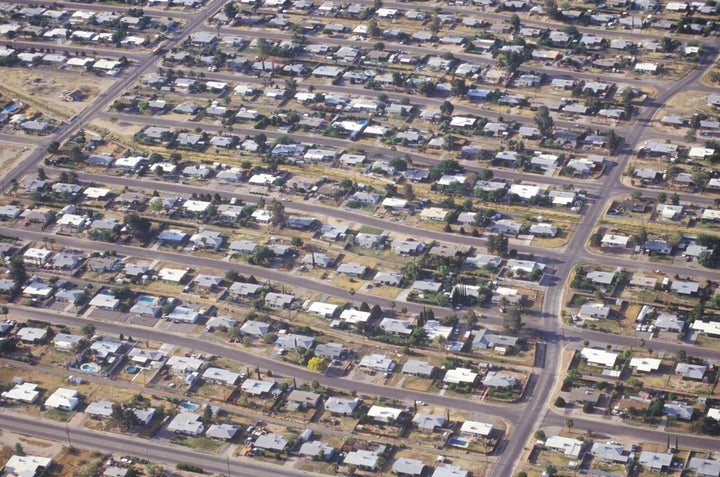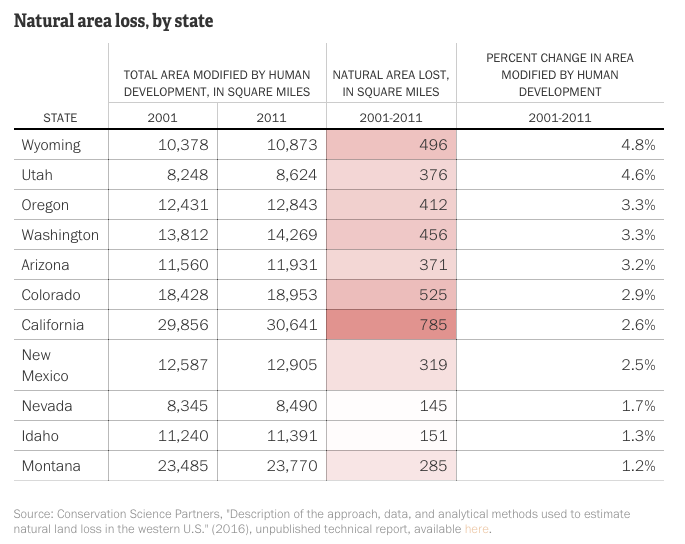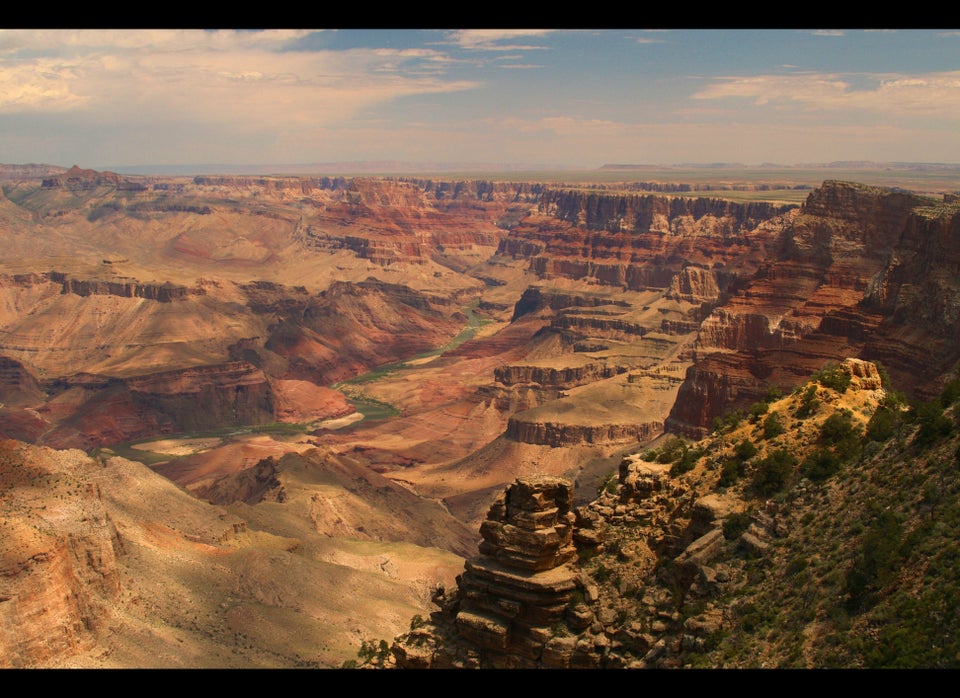
Human activity is responsible for the disappearance of a football field's worth of natural land in the American West every two and a half minutes, a report released Tuesday found.
Conducted by the Center for American Progress and the Conservation Science Partners, the "Disappearing West" project is the first analysis to quantify how much natural landscape the region has lost due to road construction, energy infrastructure, agricultural and timber operations and urban sprawl.
In the 11 states studied -- Arizona, California, Colorado, Idaho, Montana, Nevada, New Mexico, Oregon, Utah, Washington and Wyoming -- researchers found that between 2001 and 2011, about 4,300 square miles of natural areas disappeared because of development. That's an area slightly larger than Yellowstone National Park.
The groups undertook the project in hopes of providing the broadest look possible at what development is doing to the West -- which they say no analysis has done before.
"For those of us who are from the West or live in the West or even if you're a periodic visitor, you can see a landscape that is changing," Matt Lee-Ashley, a senior fellow and the director of public lands at CAP, said on a call with reporters. "At the local level it's relatively easy to see. You see rapid growth of energy infrastructure in places like northwest New Mexico ... but the real question is, what does this all add up to? How much of the West's wetlands, deserts and other natural areas have we already lost to development? How quickly are these areas disappearing? And where is that loss happening most rapidly, and why?"
Of all states studied, Wyoming lost the highest percentage of its land to human development, CSP senior scientist David Theobald told reporters.

An interactive map released with the project breaks down, county by county, where development is taking the biggest toll. In Campbell County, Wyoming, for example, energy developments between 2001 and 2011 are largely responsible for the loss of more than 113,000 acres of natural land -- a rate of loss 680 percent higher than the state overall and more than 530 percent higher than than the western states as a whole.
But the biggest contributors to land loss region-wide were urban sprawl and commercial developments, which accounted for more than half of natural lands being wiped out. That's most evident in Arizona, where there was a 30 percent increase in natural land lost to urban sprawl during the decade studied.
Energy infrastructure and road developments come in second and third, respectively, as contributors to natural land loss.
All that development poses a serious threat to the habitats of wild animals. As it stands, "a bear walking a random path through natural areas in the West is an average of only 3.5 miles from significant human development," the report notes.
"I think overall this is a reminder that natural area loss in the West is still a problem and that, notwithstanding the work of folks like Teddy Roosevelt and John Muir and others, there is a race to save some of the last places in the West," Lee-Ashley said, pointing out that only 12 percent of land in the region is permanently protected for the preservation of its natural character.

